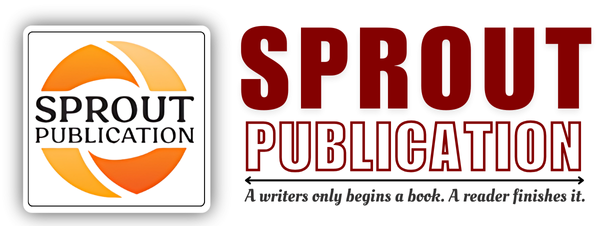Chapter 4: Elemental Impurities-II
Chapter 4: Elemental Impurities-II
Author: Mrs. Shaily Goyal
Volume: 01
First Online: 31 August 2024
Pages: 72-86
DOI:
Abstract
The analysis of elemental impurities in pharmaceuticals is a crucial aspect of quality control, ensuring that products meet regulatory safety standards. Analytical procedures for elemental impurities typically involve advanced techniques that can accurately detect and quantify trace levels of metals in drug products. Common methods include inductively coupled plasma mass spectrometry (ICP-MS) and inductively coupled plasma optical emission spectroscopy (ICP-OES), both of which provide high sensitivity and precision in identifying elemental impurities. Instrumentation analysis involves the use of specialized equipment to conduct these techniques, where sample preparation and calibration are key to obtaining reliable results. In addition to the analysis of metals, the determination of non-metallic elements such as carbon (C), hydrogen (H), nitrogen (N), and sulfur (S) is also important, particularly in the characterization of organic compounds. Techniques like combustion analysis are used for C, H, N, and S analysis, where the sample is burned in an oxygen-rich environment, and the resulting gases are measured to determine the elemental composition. This comprehensive approach ensures that all relevant impurities are identified and controlled, safeguarding the quality and safety of pharmaceutical products.
Keywords: Elemental impurities, Pharmaceuticals, Quality control, Regulatory safety standards, Analytical procedures, Trace levels

